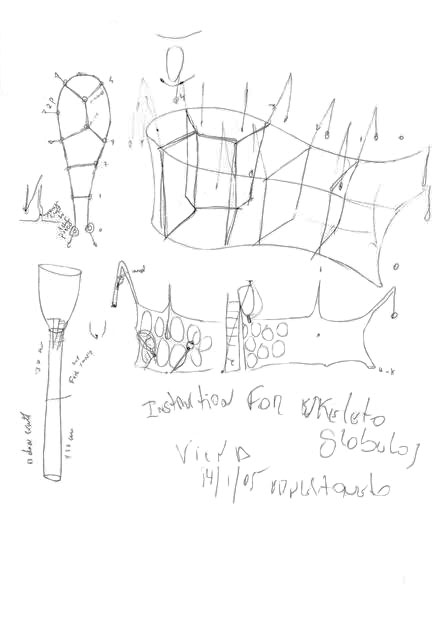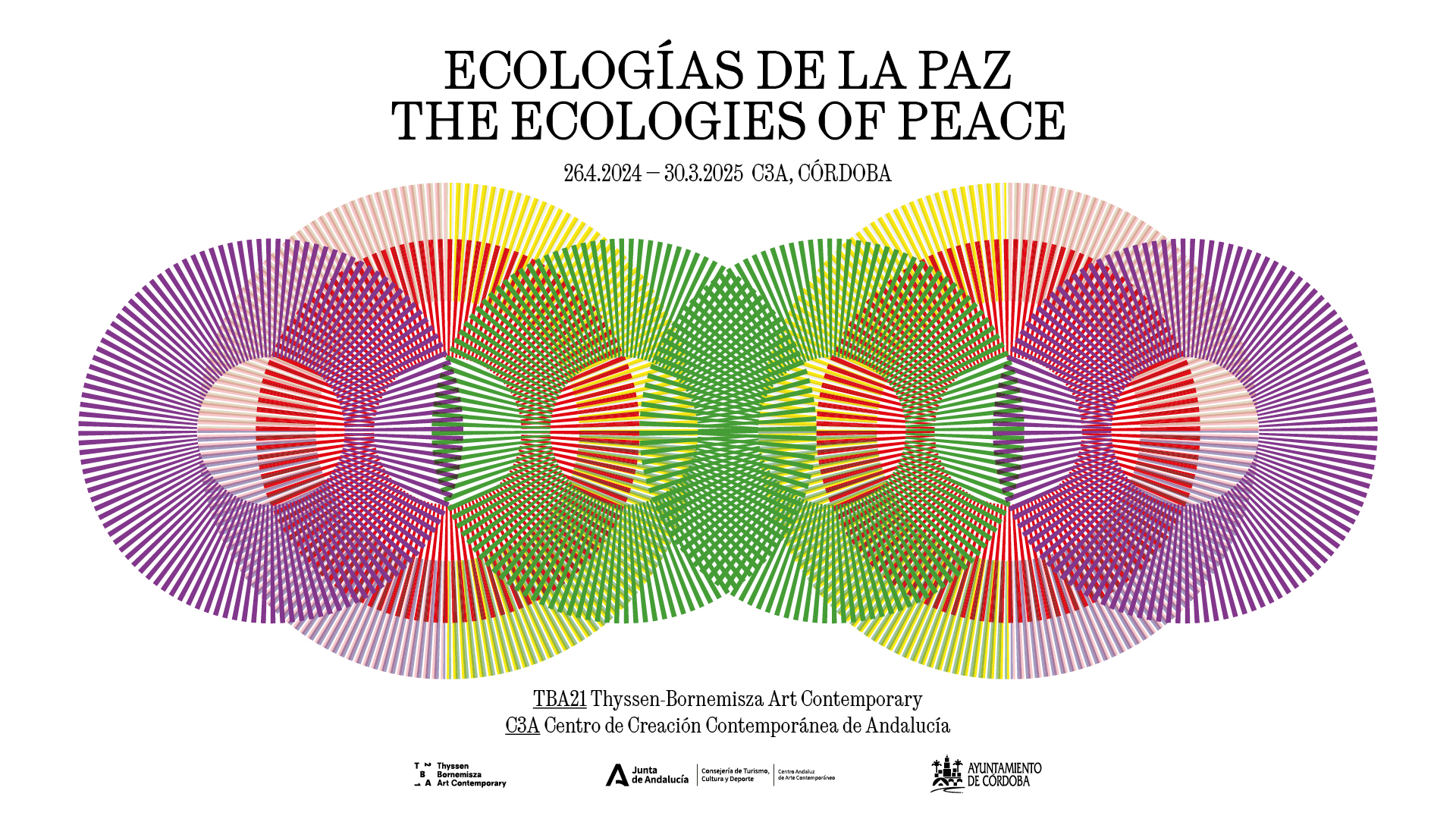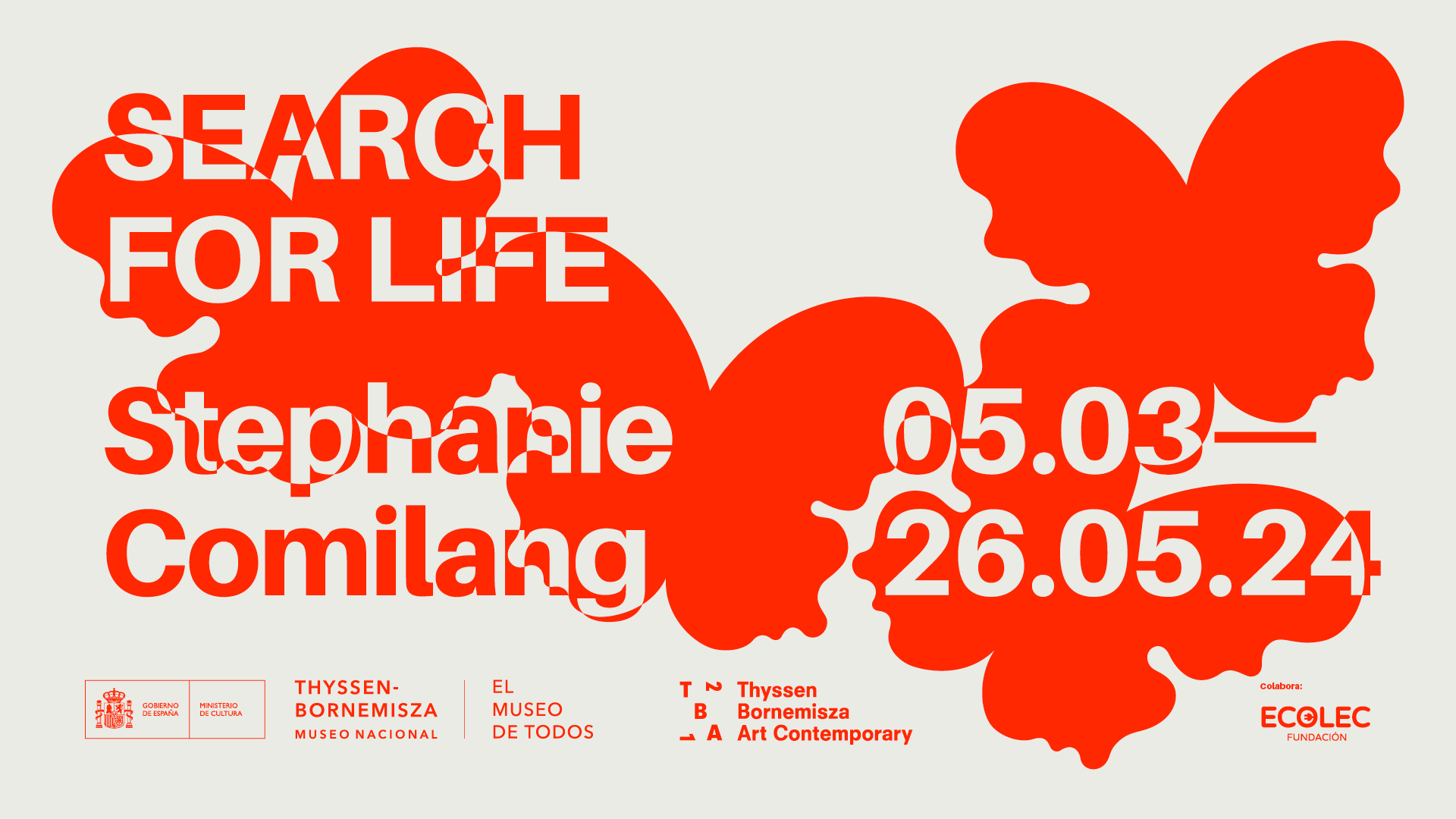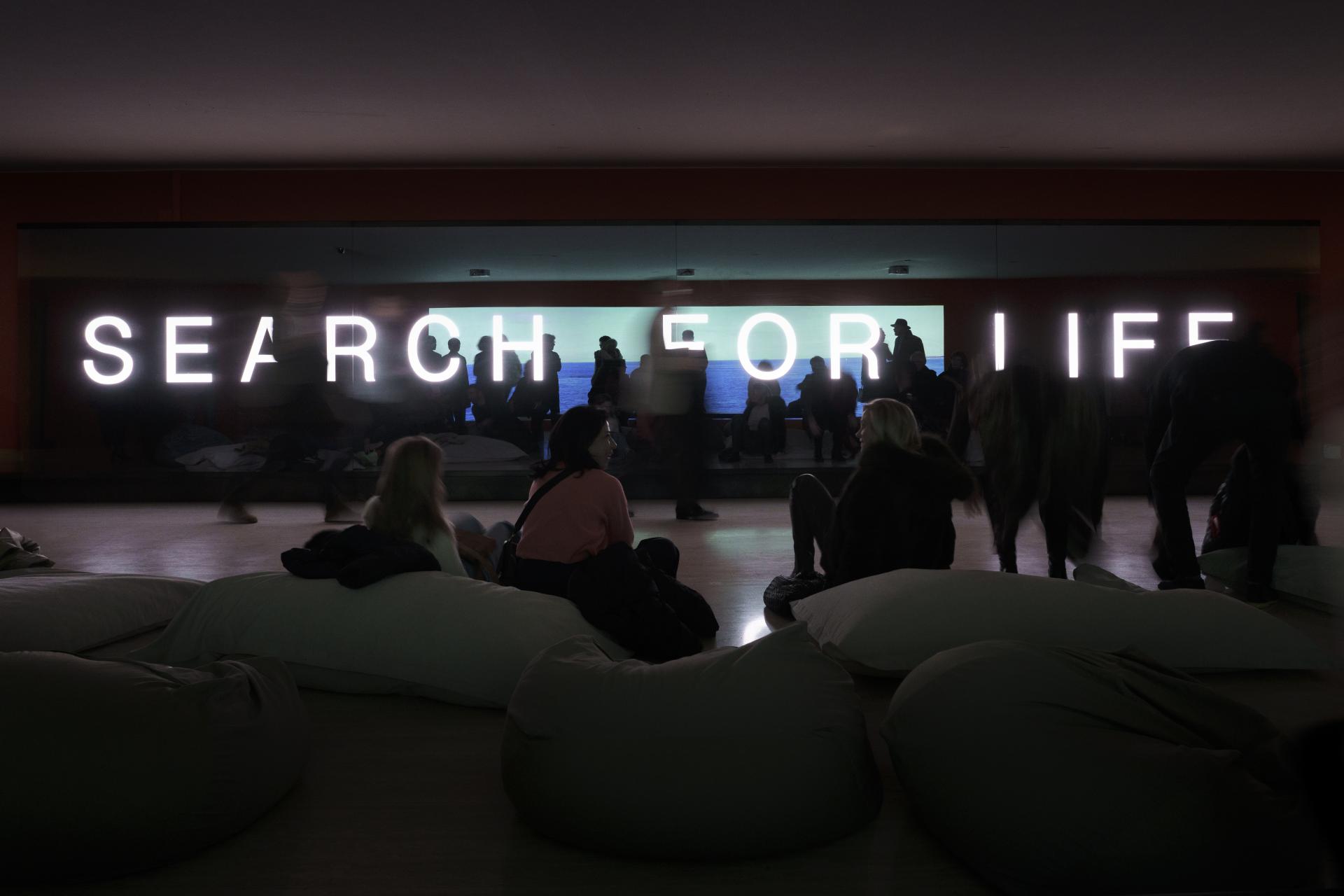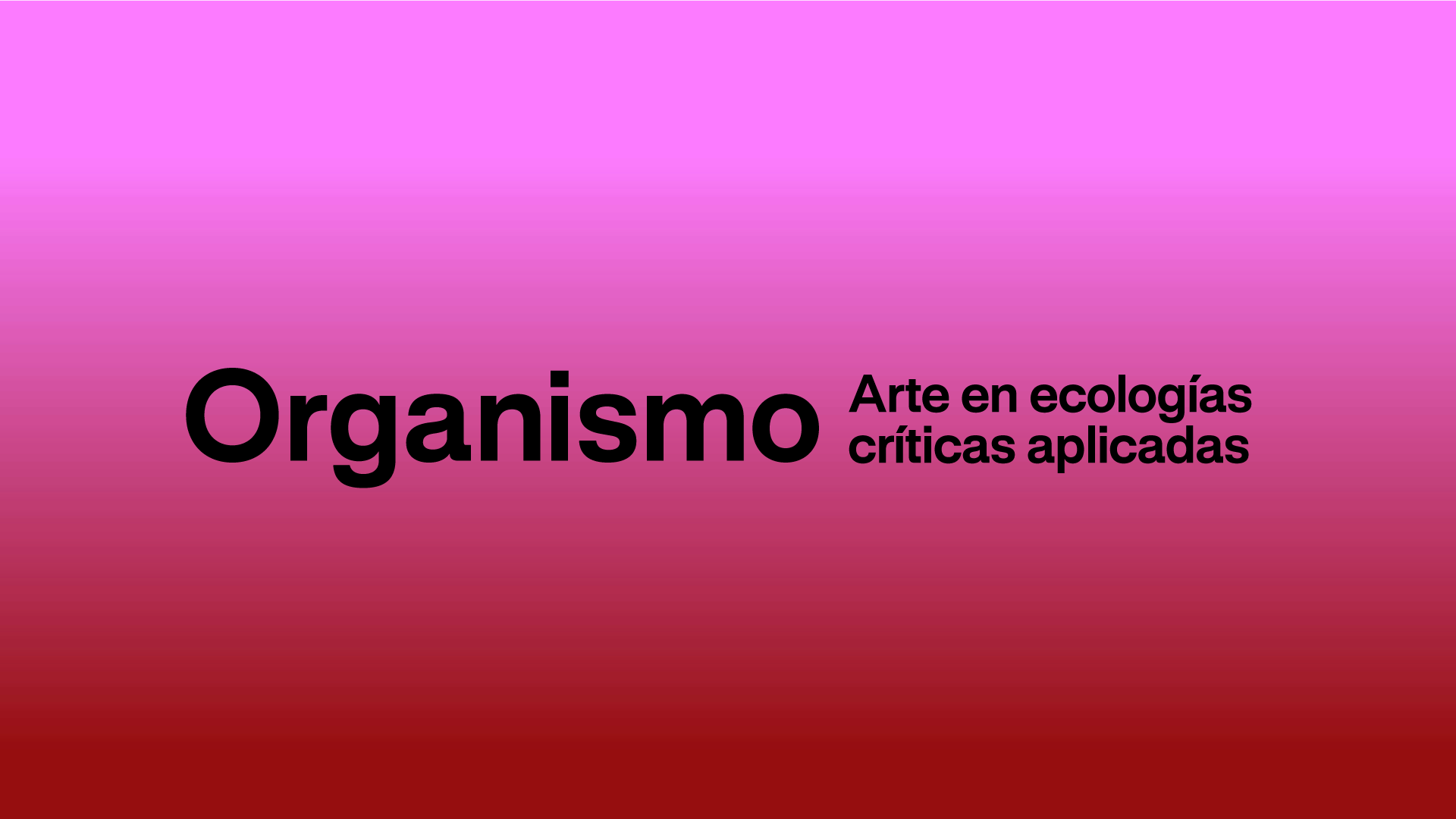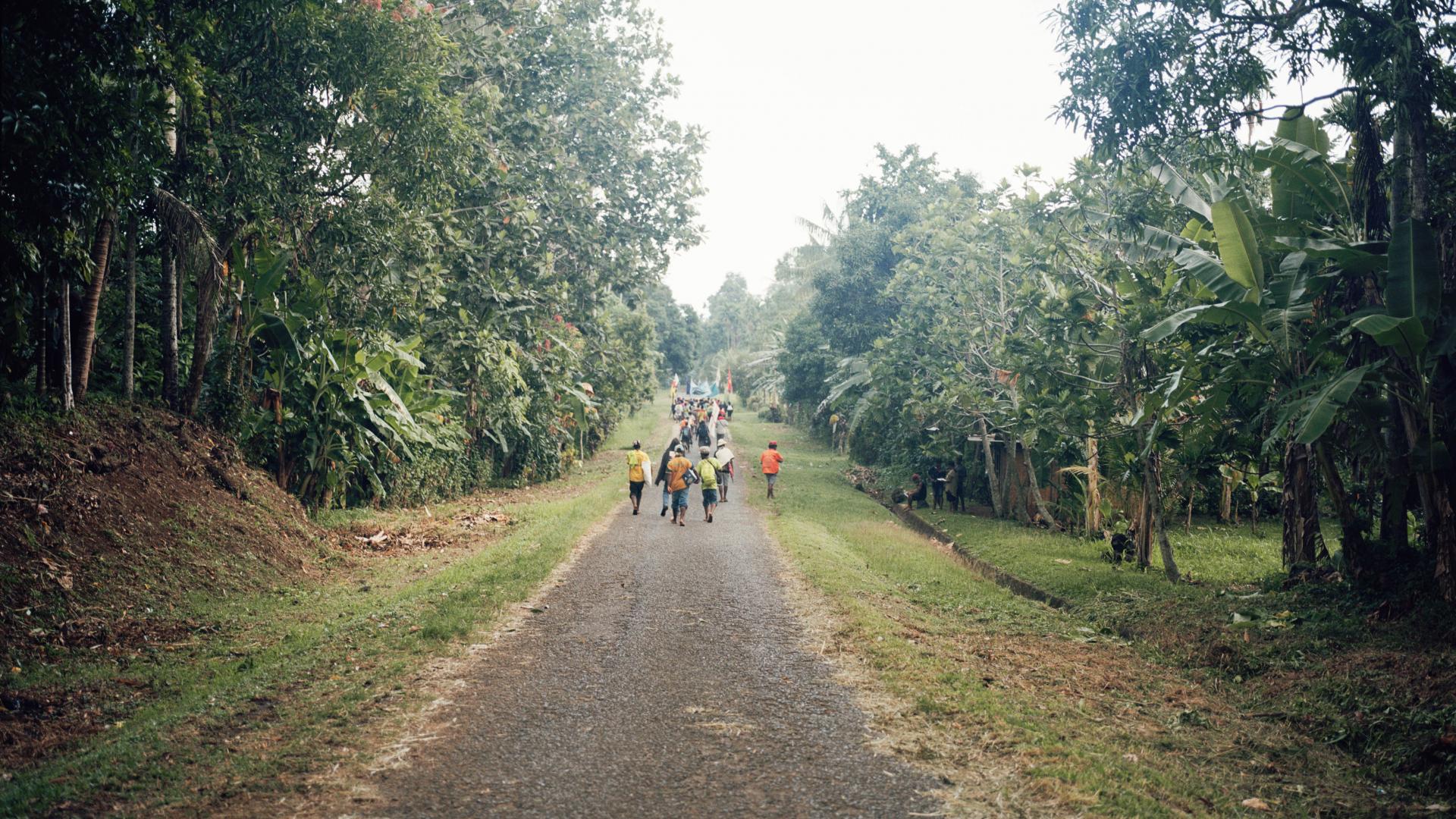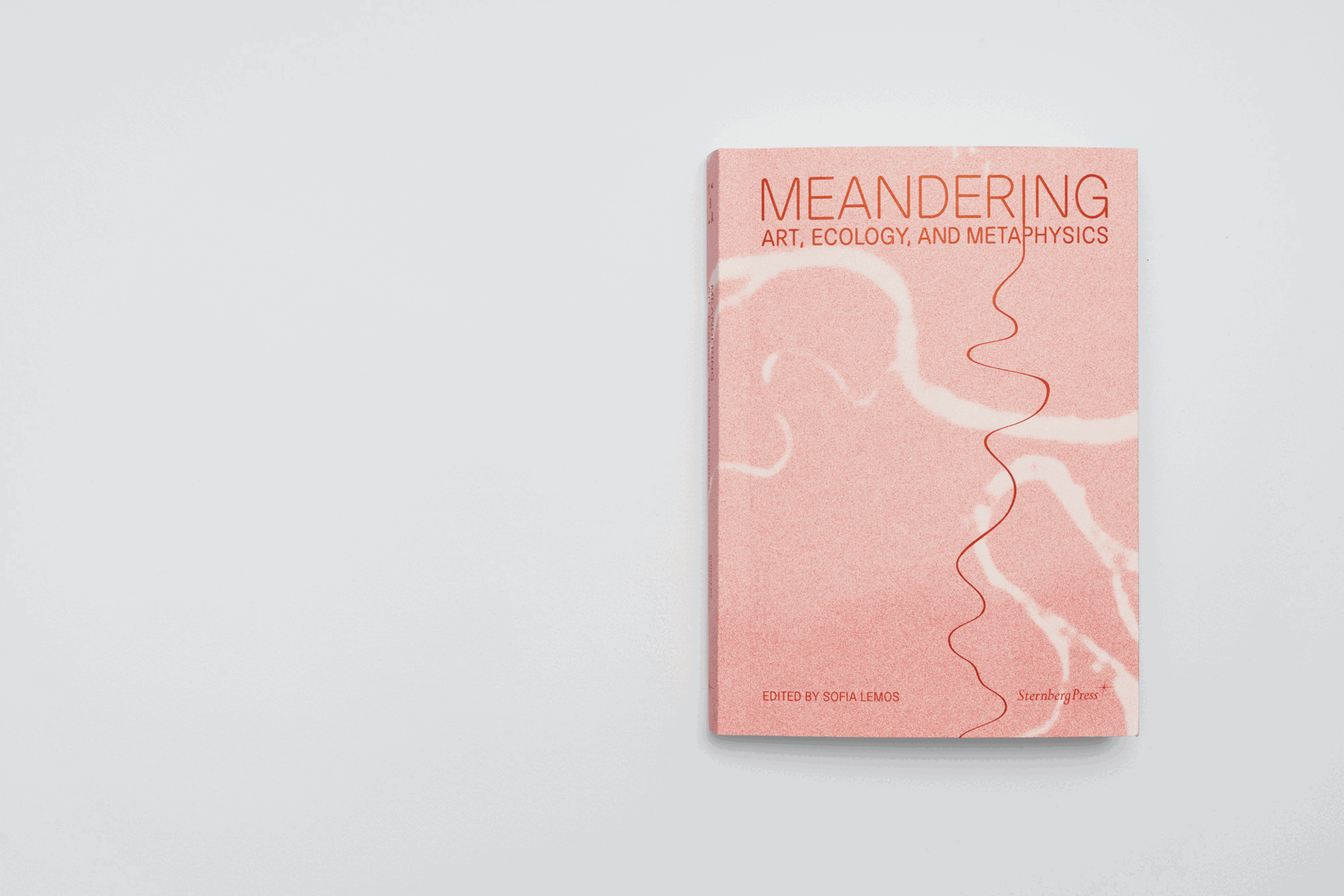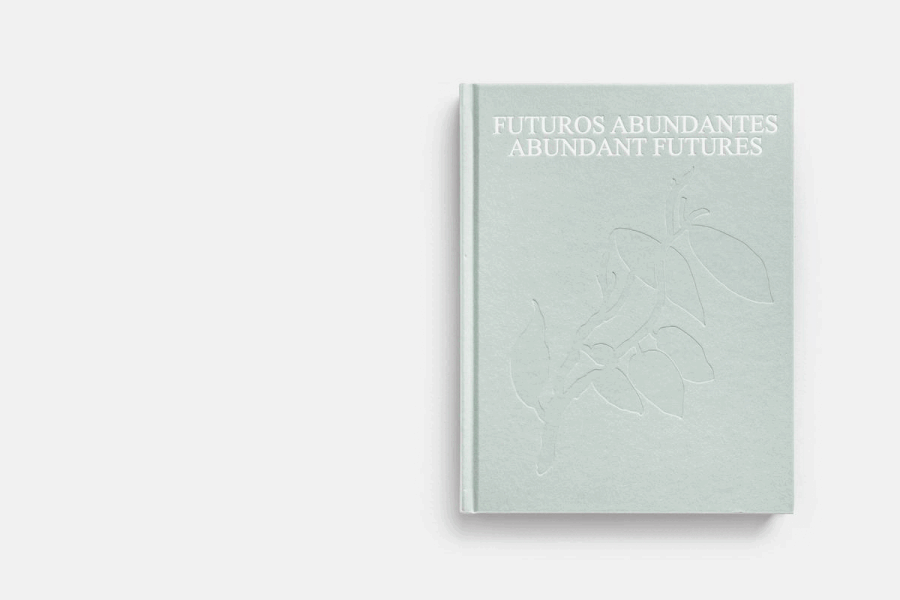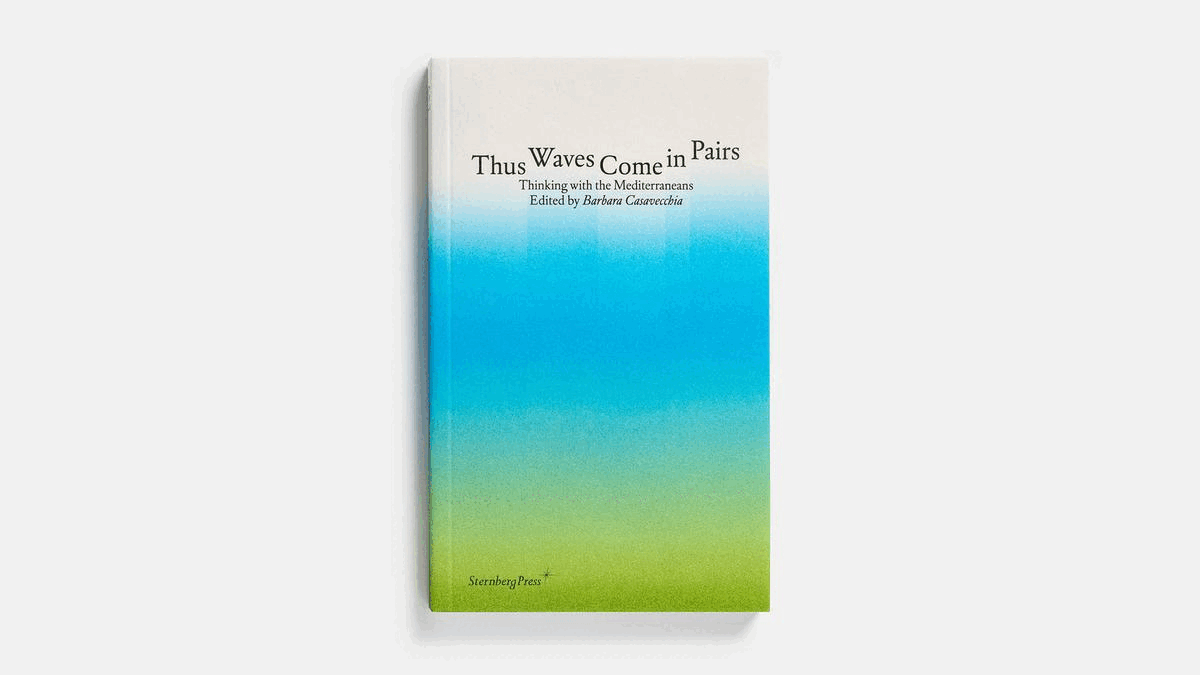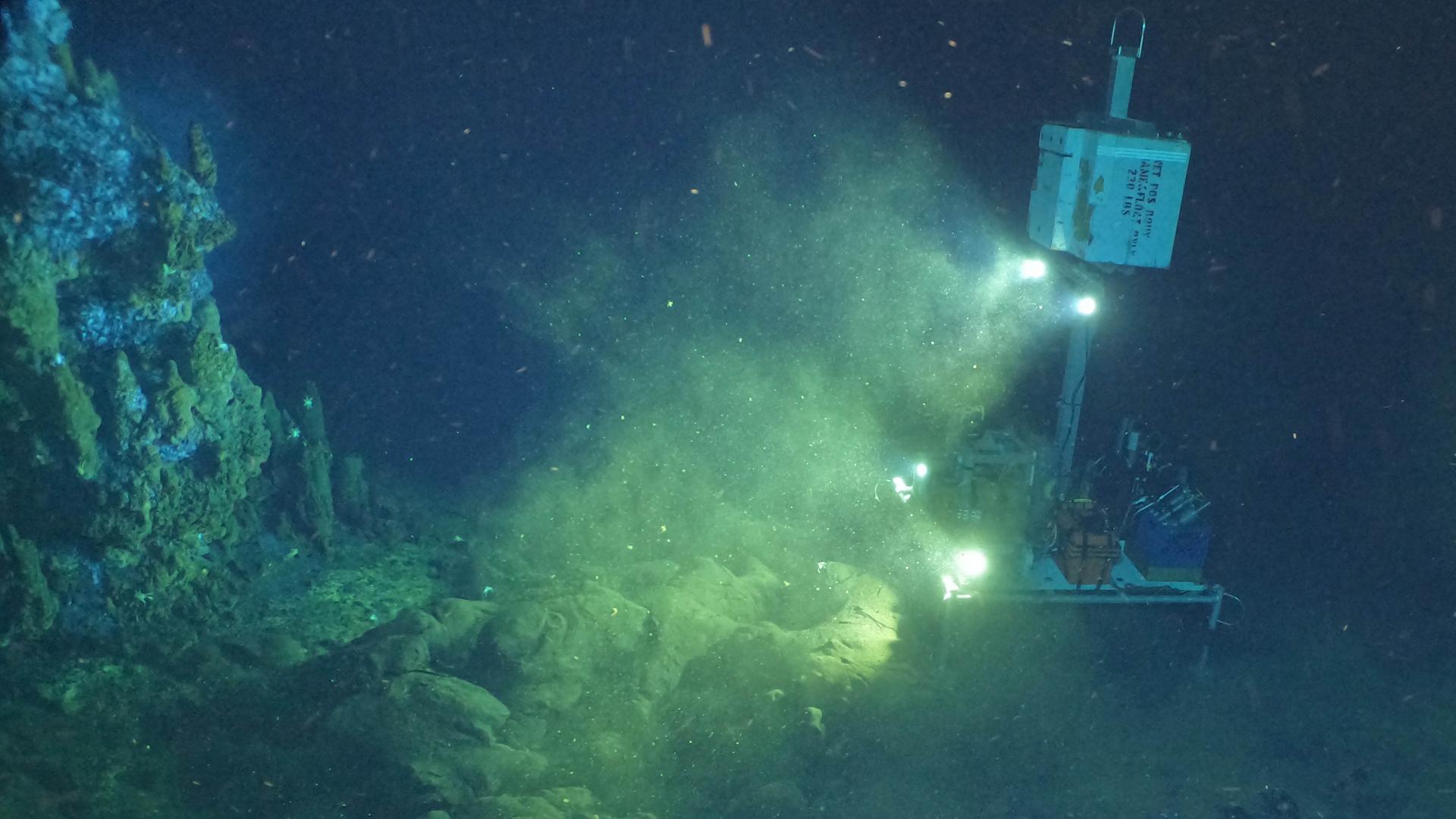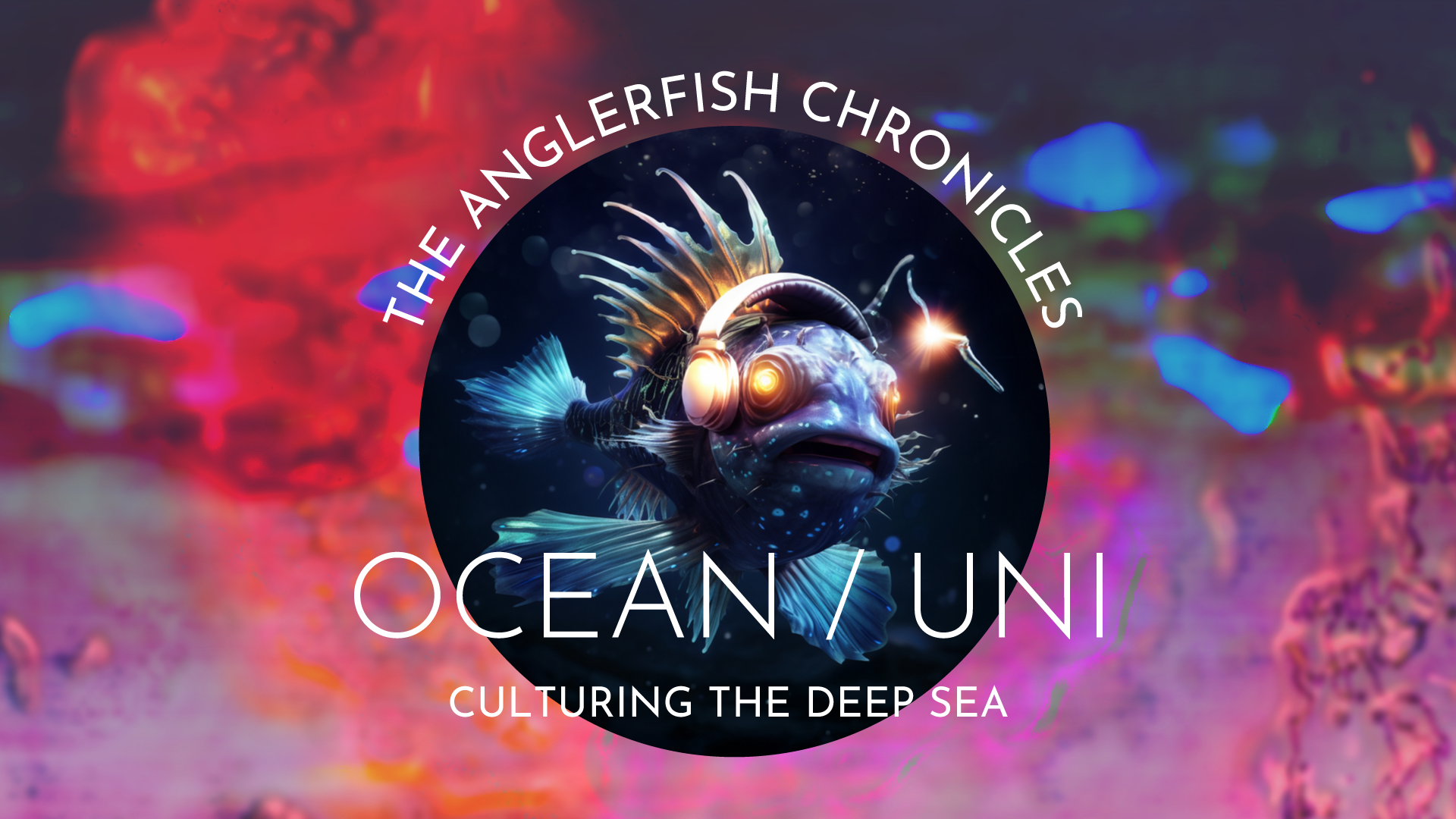Esqueleto Glóbulos, 2001
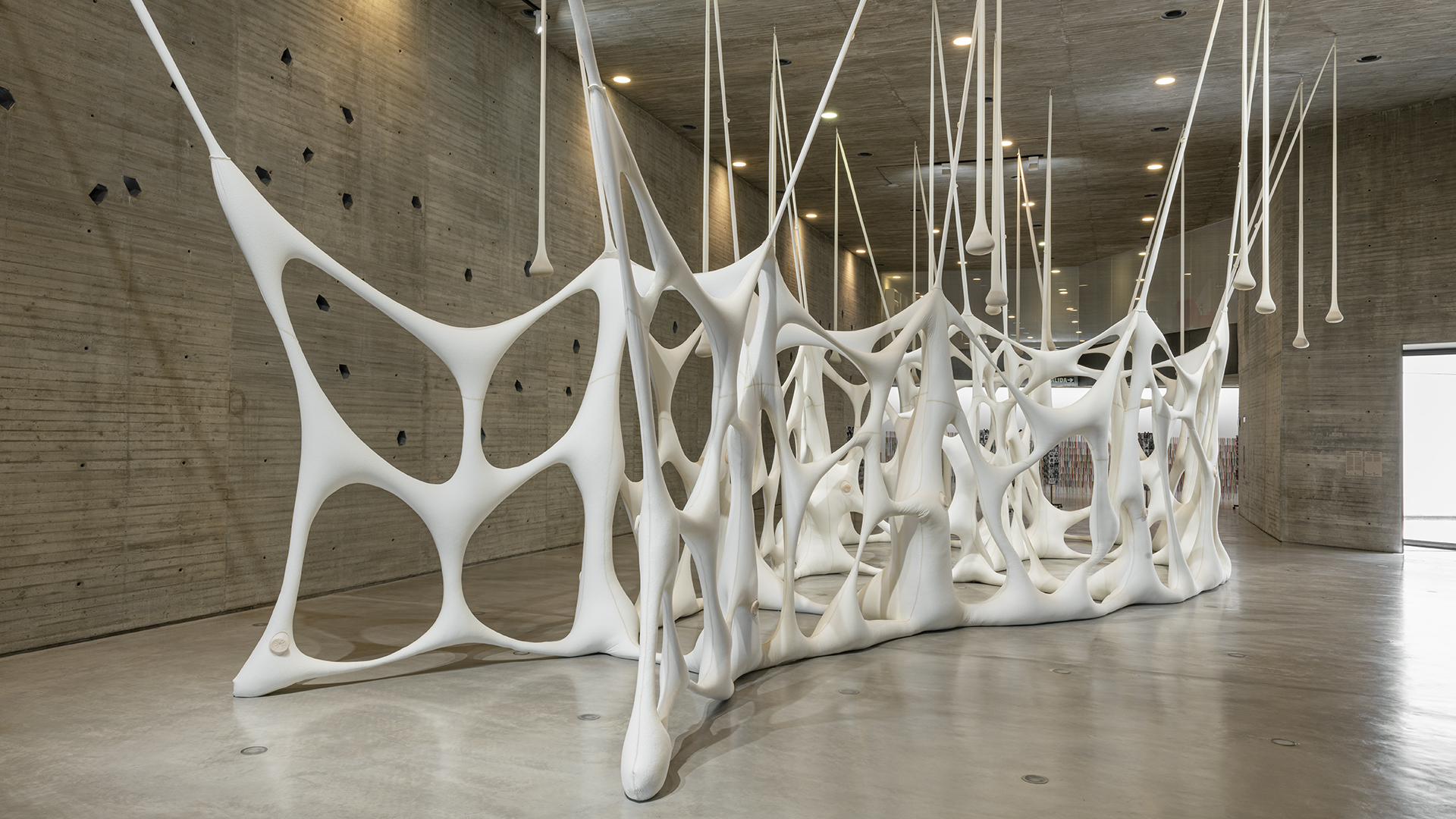
Ernesto Neto, "Esqueleto Glóbulos", 2001.
"Abundant Futures. Works from the TBA21 Collection". Centro de Creación Contemporánea de Andalucía C3A, Córdoba, Spain, 2022.
Photo: Roberto Ruiz.
"Abundant Futures. Works from the TBA21 Collection". Centro de Creación Contemporánea de Andalucía C3A, Córdoba, Spain, 2022.
Photo: Roberto Ruiz.
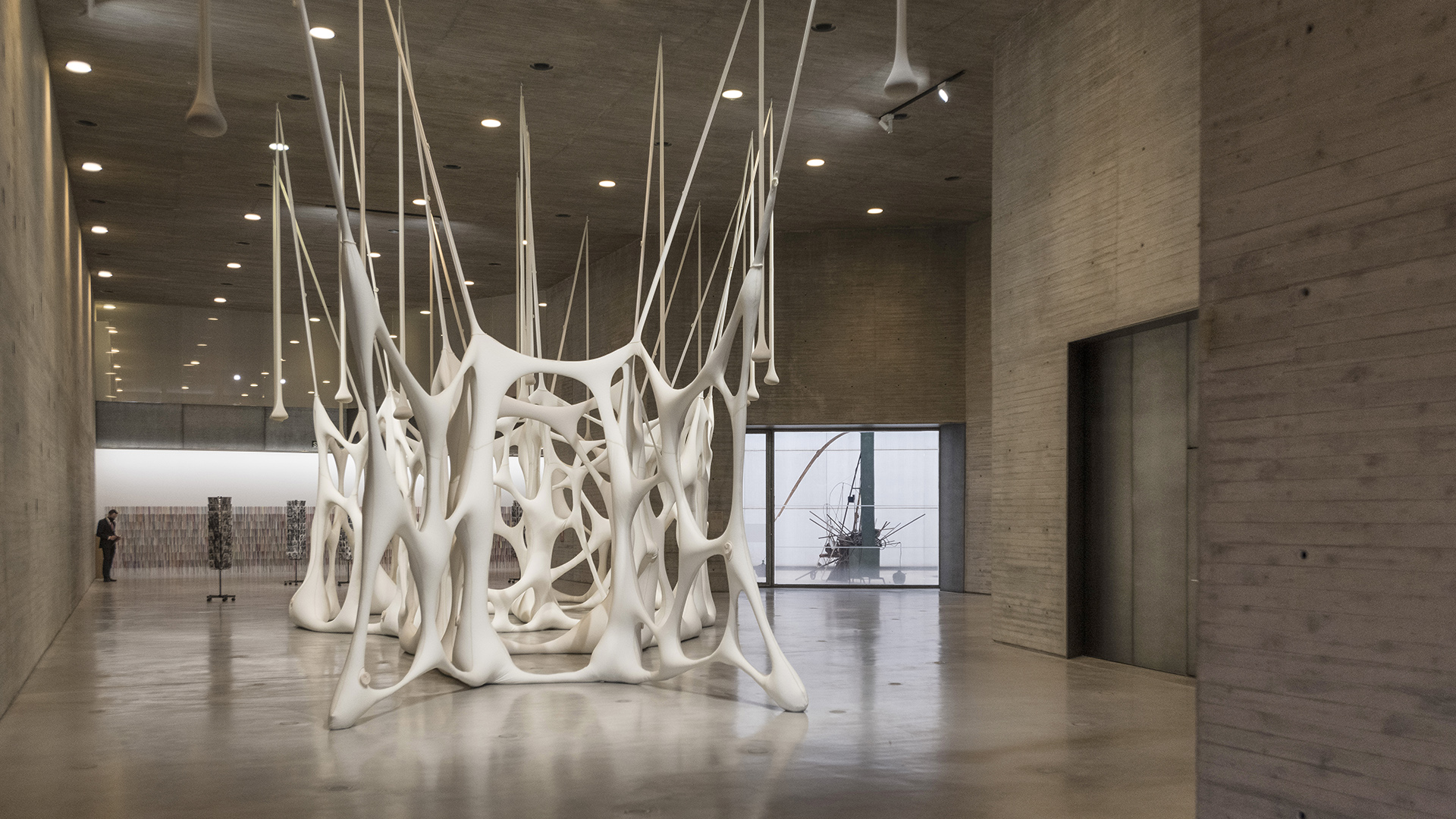
Ernesto Neto, "Esqueleto Glóbulos", 2001.
"Abundant Futures. Works from the TBA21 Collection". Centro de Creación Contemporánea de Andalucía C3A, Córdoba, Spain, 2022.
Photo: Roberto Ruiz.
"Abundant Futures. Works from the TBA21 Collection". Centro de Creación Contemporánea de Andalucía C3A, Córdoba, Spain, 2022.
Photo: Roberto Ruiz.
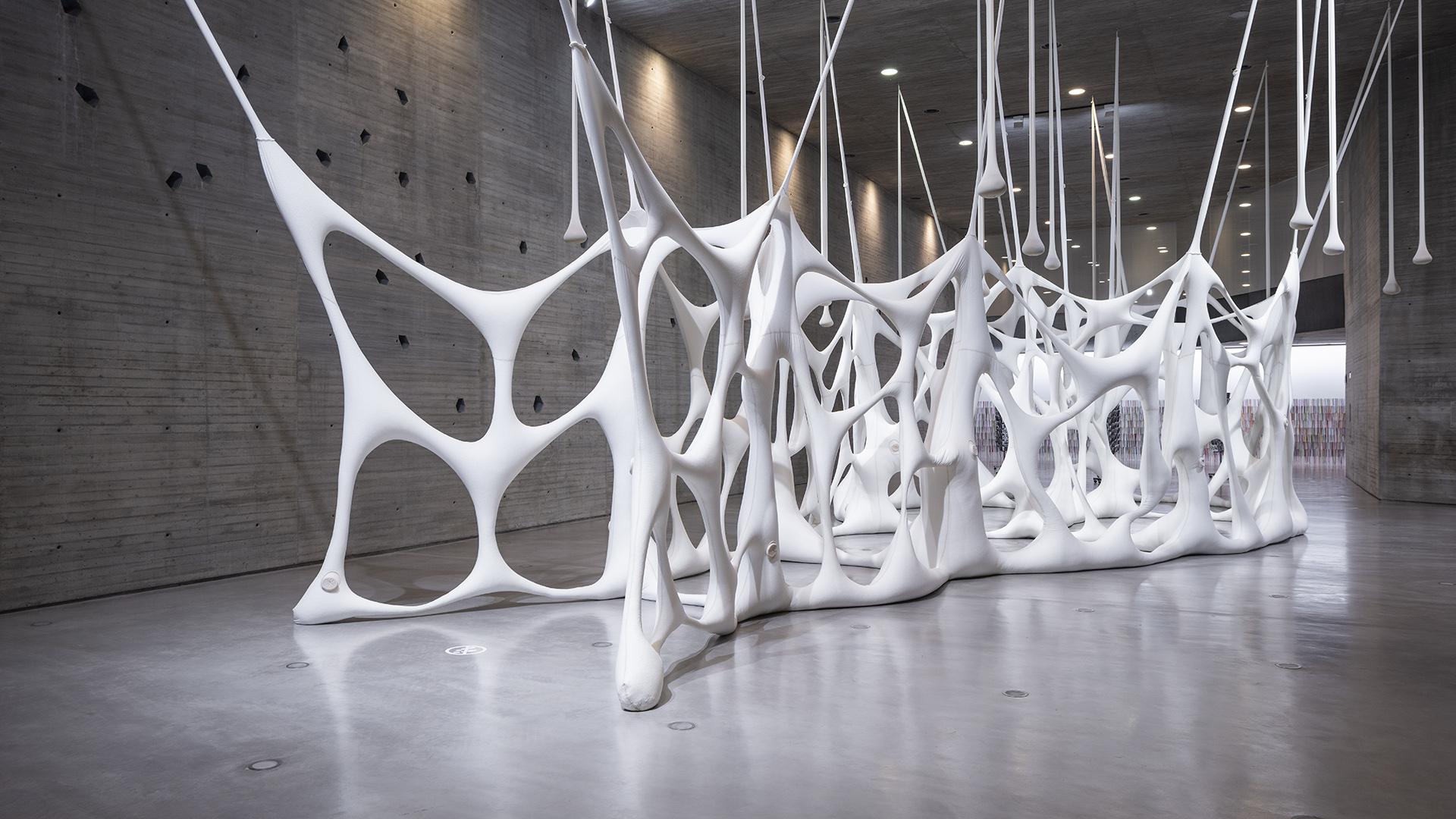
Ernesto Neto, "Esqueleto Glóbulos", 2001.
"Abundant Futures. Works from the TBA21 Collection". Centro de Creación Contemporánea de Andalucía C3A, Córdoba, Spain, 2022.
Photo: Roberto Ruiz.
"Abundant Futures. Works from the TBA21 Collection". Centro de Creación Contemporánea de Andalucía C3A, Córdoba, Spain, 2022.
Photo: Roberto Ruiz.
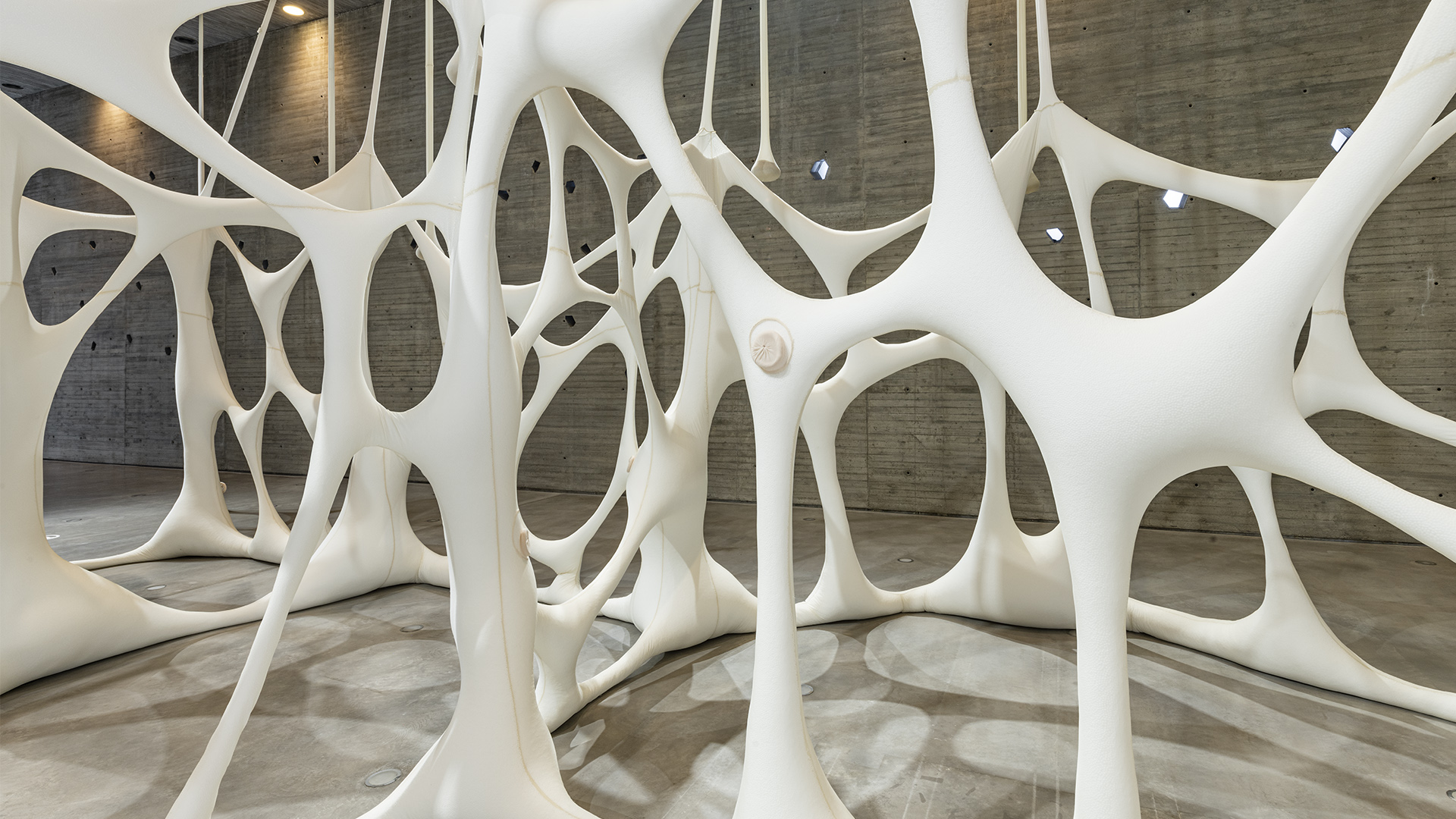
Ernesto Neto, "Esqueleto Glóbulos", 2001.
"Abundant Futures. Works from the TBA21 Collection". Centro de Creación Contemporánea de Andalucía C3A, Córdoba, Spain, 2022.
Photo: Roberto Ruiz.
"Abundant Futures. Works from the TBA21 Collection". Centro de Creación Contemporánea de Andalucía C3A, Córdoba, Spain, 2022.
Photo: Roberto Ruiz.
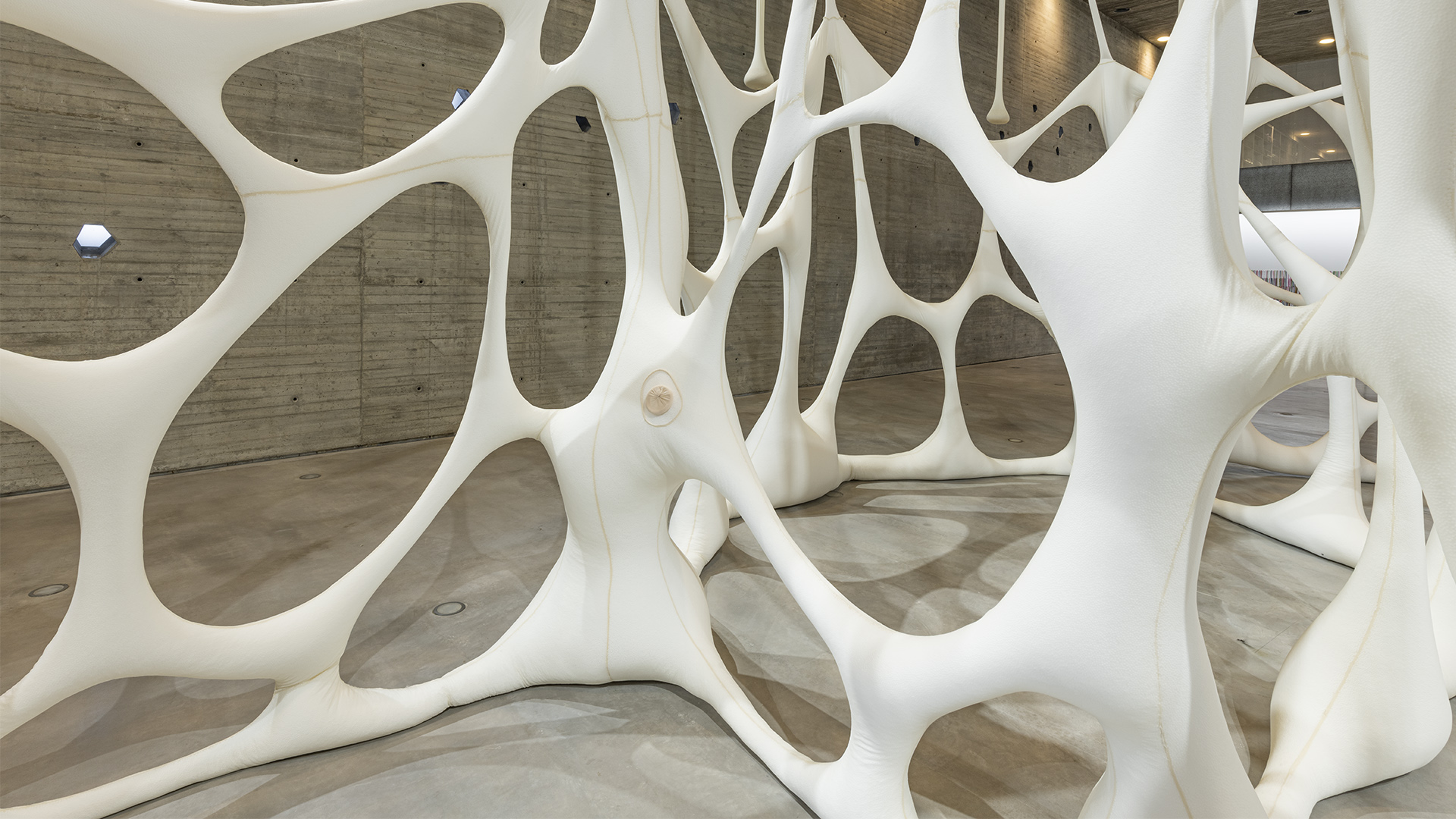
Ernesto Neto, "Esqueleto Glóbulos", 2001.
"Abundant Futures. Works from the TBA21 Collection". Centro de Creación Contemporánea de Andalucía C3A, Córdoba, Spain, 2022.
Photo: Roberto Ruiz.
"Abundant Futures. Works from the TBA21 Collection". Centro de Creación Contemporánea de Andalucía C3A, Córdoba, Spain, 2022.
Photo: Roberto Ruiz.
Collection
Polyamide fabric, styrofoam pellets, sand
450 x 400 x 1400 cm
For over twenty years, the Brazilian sculptor Ernesto Neto has been creating a body of work made of sheer nylon fabric stuffed with polystyrene pellets and aromatic spices, giving the sculptures their shape and smell. Suspended in space and attached to the architectural structure, these enveloping environments form installations that host bodies, activate movements and sensations, and offer places to rest. Sometimes referred to as “experience sculptures,” they can be occupied by the visitors, immersing themselves in this exo-biomorphic body and the experience of sensory pleasures.
With its soft, sensuous surface, morbid skeletal contours, and orbed appendages, Esqueleto Glóbulos (Skeleton Globules) evokes the body and its connective or vascular tissue morphology. The work’s title also references such biomorphic qualities, as the artist explains: “Esqueleto Glóbulos has organic meanings in two ways: both the structure and the content. Esqueleto is the textile, which in the end, is the skeleton of the piece, and gravity works on the content, the glóbulos, and the content is held together by the esqueleto. The skin generates the limit, so the skin and the skeleton are the same thing in this situation.” The sculpture is made of various chambers, there to be explored by bodies moving in a constant flux of changing positions, perspectives, and relations. Gravity and balance, organic and opaque, symbolism and abstraction come into play to stage a delirious exercise about the individual and collective body, about equilibrium and community building.
450 x 400 x 1400 cm
For over twenty years, the Brazilian sculptor Ernesto Neto has been creating a body of work made of sheer nylon fabric stuffed with polystyrene pellets and aromatic spices, giving the sculptures their shape and smell. Suspended in space and attached to the architectural structure, these enveloping environments form installations that host bodies, activate movements and sensations, and offer places to rest. Sometimes referred to as “experience sculptures,” they can be occupied by the visitors, immersing themselves in this exo-biomorphic body and the experience of sensory pleasures.
With its soft, sensuous surface, morbid skeletal contours, and orbed appendages, Esqueleto Glóbulos (Skeleton Globules) evokes the body and its connective or vascular tissue morphology. The work’s title also references such biomorphic qualities, as the artist explains: “Esqueleto Glóbulos has organic meanings in two ways: both the structure and the content. Esqueleto is the textile, which in the end, is the skeleton of the piece, and gravity works on the content, the glóbulos, and the content is held together by the esqueleto. The skin generates the limit, so the skin and the skeleton are the same thing in this situation.” The sculpture is made of various chambers, there to be explored by bodies moving in a constant flux of changing positions, perspectives, and relations. Gravity and balance, organic and opaque, symbolism and abstraction come into play to stage a delirious exercise about the individual and collective body, about equilibrium and community building.
Organic accidents. A conversation with Ernesto Neto, inThyssen-Bornemisza Art Contemporary:The Collection Book, eds. Eva Ebersberger, Daniela Zyman (2009, Verlag der Buchhandlung Walther König).
FIND MORE
Maroja, C. The Persistence of Primitivism: Equivocation in Ernesto Neto’s A Sacred Place and Critical Practice, Arts , 2019
Wilson, Samantha, O Corpo do Brasil: The Role of the Brazilian Body in the Art of Ernesto Neto, 2010
Ernesto Neto, online articlle by ,Bill Arning, BOMB Magazine, 2000
--
Born in Rio de Janeiro, Brazil, in 1964. Lives in Rio de Janeiro.
Wilson, Samantha, O Corpo do Brasil: The Role of the Brazilian Body in the Art of Ernesto Neto, 2010
Ernesto Neto, online articlle by ,Bill Arning, BOMB Magazine, 2000
--
Born in Rio de Janeiro, Brazil, in 1964. Lives in Rio de Janeiro.
